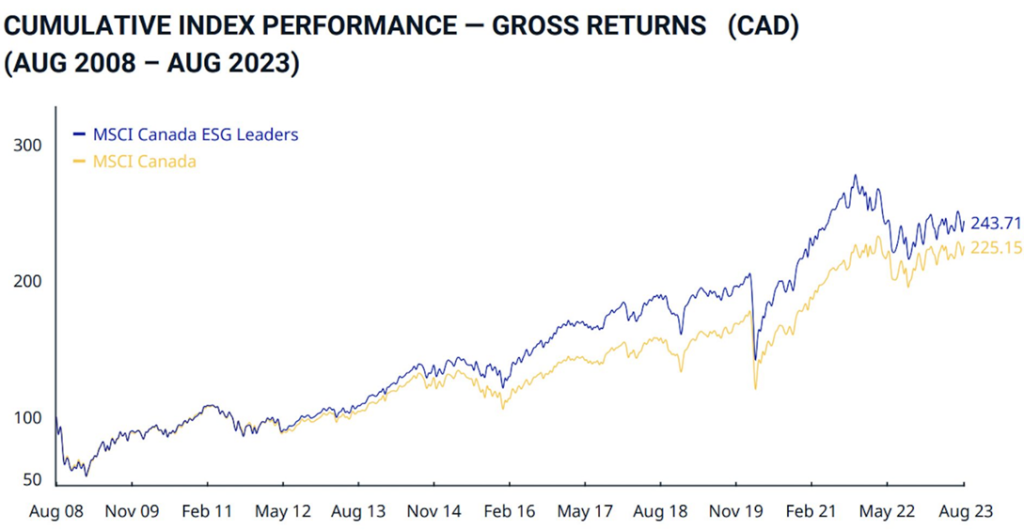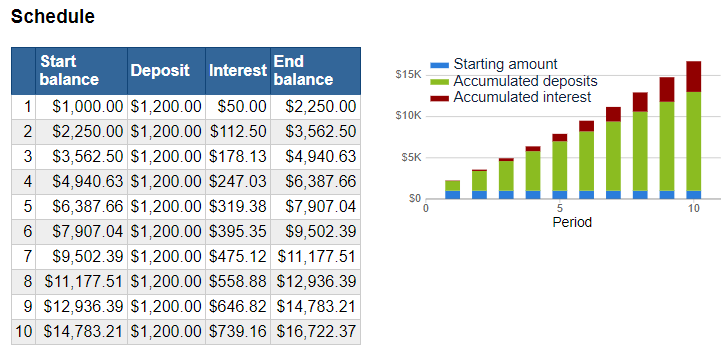One of the biggest investing mistakes is trying to predict market ups and downs. Many people hesitate to invest because they worry about buying at the wrong time, but in reality, long-term investing consistently delivers better results than short-term market timing.
Stock markets naturally experience ups and downs, but history shows that they trend upward over time. Instead of stressing about when to buy or sell, the key is to stay invested and allow your savings to grow over time.
So, what does history tell us about this approach? Let’s take a closer look.
A History of Resilience
History proves that patience is key when it comes to investing. Even during major downturns, markets have rebounded—and rewarded those who stayed invested.
A prime example is the S&P 500 Index, which tracks 500 of the largest publicly traded companies in the U.S. It has weathered recessions, financial crises, and even global events like the COVID-19 crash. On February 19, 2020, it hit a record 3,386 points, only to drop sharply weeks later. But by August 18, 2020, it had not only recovered but reached a new high of 3,389 points.
Looking further back, the S&P 500 has delivered an average annual return of 9.4%, growing to nearly 12% with dividends reinvested. The same pattern holds for other major markets, including Canada’s S&P/TSX Composite Index. The lesson? Short-term drops happen, but staying invested allows you to benefit from long-term market growth.

The Cost of Trying to Time the Market
Market ups and downs can feel nerve-wracking, but trying to time the market—buying at the lowest point and selling at the peak—is nearly impossible. Even the most experienced investors can’t predict short-term movements with certainty.
The cost of mistiming the market can be huge. Over the past 20 years, an investor who remained fully invested in the S&P 500 saw significant growth. But missing just the 10 best-performing days could have cut those returns in half. This is why staying invested, being patient, and letting compound interest work its magic is the smarter strategy.
The Best Time to Start is Now
Think you need perfect timing to succeed? Think again. Even if an investor had entered the market just before the 1929 stock market crash, they would have still seen more than 100-fold growth over time—without dividends. With dividends reinvested, that figure climbs beyond 200 times the original investment.
The takeaway is simple: the best time to start investing is when you have the funds. The second-best time is today. By starting now, you allow compound interest to grow your wealth effortlessly over time.
Build Your Wealth with Confidence
Investing can feel overwhelming, especially with so much market noise, but you don’t have to navigate it alone. At Mainstreet Credit Union, our Mainstreet and Aviso wealth advisors are here to help. Whether you’re saving for retirement, building wealth, or just starting your investing journey, our team will guide you every step of the way.
With access to diversified investment options and expert advice, you can feel confident about your financial future. The key is to start—and stay invested.
Ready to take the next step? Visit a branch or Book an appointment with one of our Mainstreet and Aviso Wealth Advisors today, or explore Q-trade Direct Investing® for a self-directed approach.
Mutual funds and other securities are offered through Aviso Wealth, a division of Aviso Financial Inc. Online brokerage services are offered through Qtrade Direct Investing, a division of Aviso Financial Inc. The information contained in this article was obtained from sources believed to be reliable; however, we cannot guarantee that it is accurate or complete. This material is for informational and educational purposes and it is not intended to provide specific advice including, without limitation, investment, financial, tax, or similar matters.

















